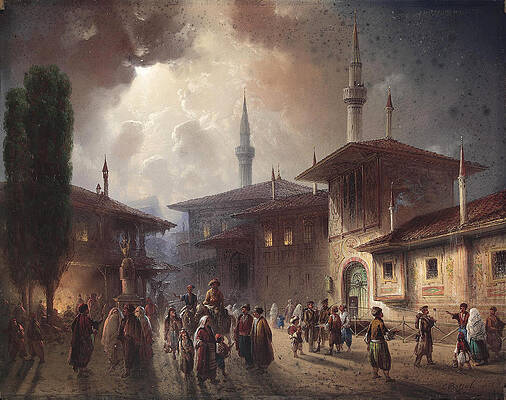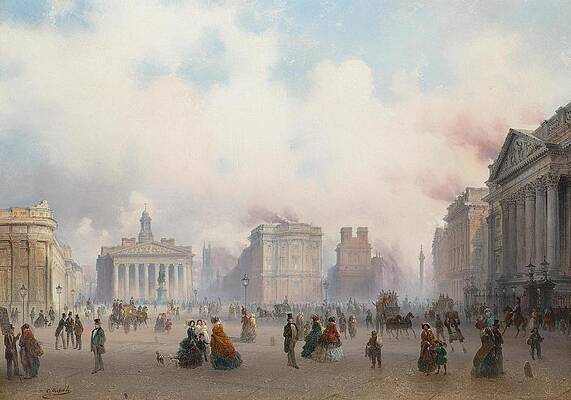Carlo Bossoli
High Seas near Alicante
View of Venice
The Tatar Khan's palace in Bakchi Sarai Crimea
Interior of the Hagia Sophia in Constantinople
View of the Moscow Kremlin from Ustinsky Bridge
On the Grand Canal. Venice
The town of Susa, Italy
Santa Maria della Salute, Venice
Overlooking the Place de la Bourse. Paris
View of the Khan's Palace of Bakhchysarai on the Crimean Peninsula
A view of Brodick Castle, Isle of Arran, Scotland
A view of the City of London from Bank
Balaklava

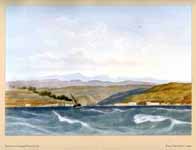
Entrance to Sevastopol from the Sea

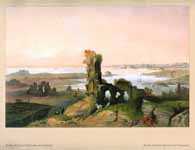
Remains of ancient Chersonessos near Sevastopol

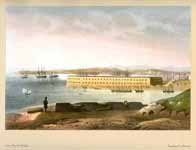

Sevastopol Seen from the Northern Forts
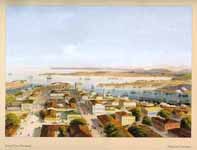
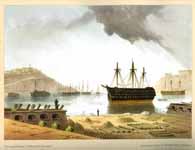
The Arsenal Harbour or Military Port Sevastopol
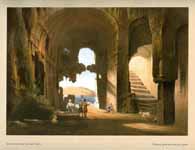
Interior of an Early Christian Church
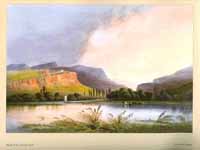
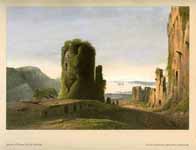
Remains of Genoese Forts at Inkerman
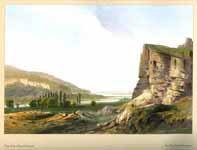
View of the Valley of Inkerman
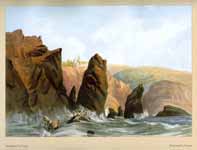
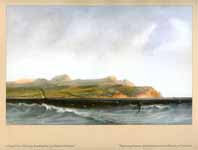
A General View of the Coast, Extending from Cape Fiolent to Sevastopol
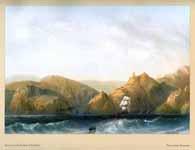
Entrance to the Harbour of Balaklava

General View of Balaklava from the Genoese Forts
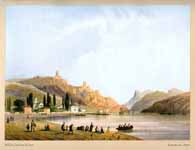
Balaklava, Seen from the shore
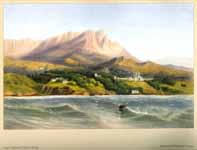
Prince Vorontsov's Palace in Alupka
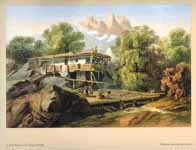
A Tartar House in the Village of Alupka

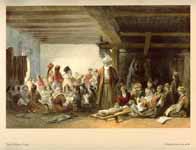
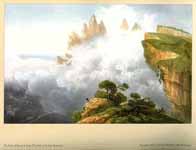
The Peaks on Mount St. Peter (The Peaks of Ai-Petri Mountain)
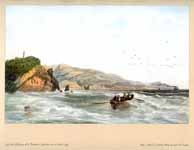
Cape and Lighthouse of St. Theodore (Lighthouse on Ai-Todor Cape)

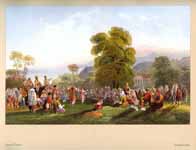

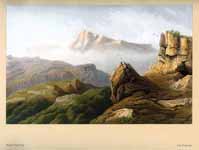
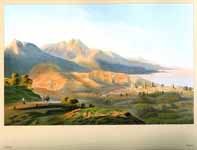

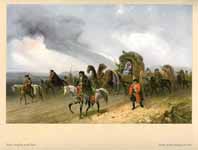
Tartars Travelling on the Plains
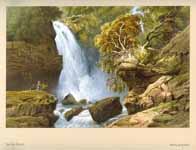

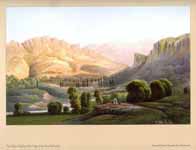
The Valley of Kokkoz (The Valley of the River Kokkozka)
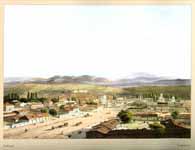
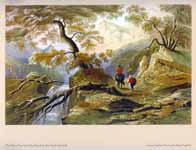
The Valley of Uzenbash (The Head of the River Biyuk-Uzenbash)

Remains of the Genoese Forts at Chufut-Kale
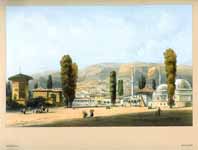
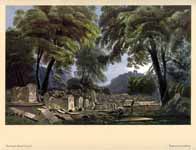
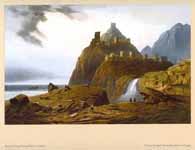
Ruins of a Large Genoese Fortress at Sudak
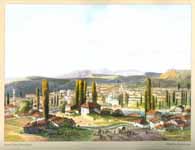
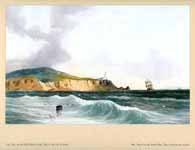
Cape Tokli on the Gulf of Kerch (Cape Takyl on the Gulf of Kerch)
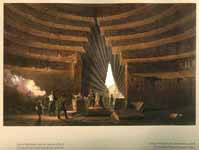
Tomb of Mithridates, near the Lazaretto of Kerch (The Burial-Vault of the Royal Barrow in Kerch)
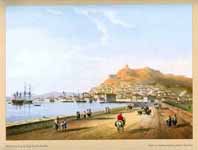
Kerch, Seen from the High Road to Eni-Kale
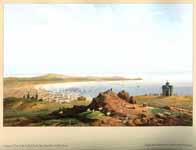
A General View of the Gulf of Kerch, Seen from Mount Mithridates
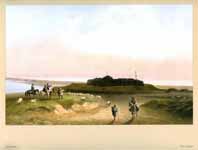
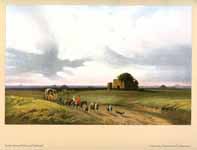
Steppes between Perekop and Simferopol
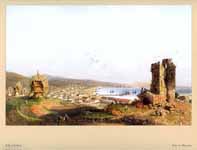
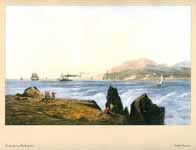
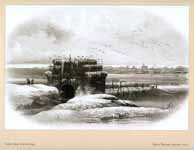
Perekop, Detail of the Title Page
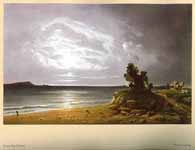
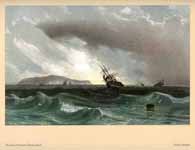
The island of Serpents, Zmeiny Island
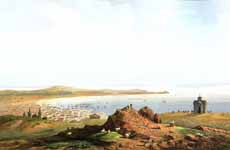
Carlo Bossoli (6 December 1815, in Lugano – 1 August 1884, in Turin) was a Swiss-born Italian painter and lithographer, who spent his early career in Ukraine. He is best known for historical scenes from the Risorgimento.
Biography
His father was a stonemason of Italian origin, working in Switzerland. In 1820, his family moved to accept work in Odessa.[1] Until 1826, he studied with the Capuchins. After graduating, he worked in a shop that sold antiquarian books and prints. It was there that he began to draw and sketch. In 1828, he was hired by the Odessa Opera to work as an assistant to Rinaldo Nannini (?-?),[1] a stage designer who had studied at La Scala under Alessandro Sanquirico. He began to sell his paintings in 1833. His father died three years later and he found himself the sole support of his mother, his sister and her illegitimate son.
King Victor Emanuel II and Camillo Cavour at the opening of the "Senato Subalpino". (1853)
Luckily, his work drew the attention of Prince Mikhail Vorontsov, who commissioned him to paint several views of Odessa. Princess Elizabeta was impressed with his abilities and arranged for him to study in Italy from 1839 to 1840.[1] He stayed mostly in Naples and Rome, giving special attention to tempera and gouache and associating with the many British artists who were living there. He returned in 1840 and settled in the coastal resort of Alupka, on the Vorontsov estate.
In 1844, at the request of his mother (who was ill), he moved to Milan and opened a studio there.[1] In 1848, he produced popular scenes from "Five Days of Milan". His mother died the following year, but he remained there until 1853, when an unsuccessful uprising against the Austrians forced him to flee to Turin, which he used as his base of operations for travels to England, France, Spain, Morocco, Germany and Scandinavia.
During those years, he produced an album of paintings, showing views of Crimea, which was published in London by Day & Son. It proved to be very popular due to public interest in the Crimean War.[1] Later, in 1859, they commissioned him to produce a series of lithographs depicting the Second Italian War of Independence which were published as "The War in Italy".
After seeing them, young Prince Oddone gave him a commission to follow the Piedmontese Army and make a record of its campaigns. The result was an album of 150 tempera paintings and the Prince declared him to be "the painter of our history". He fell ill with a fever at this time and his productivity declined dramatically. He divided his time between decorating his home to resemble the Vorontsov Palace and doting on his nephew.[1]
In 1883, at the age of sixty-eight, he married Adelaide De Carolis[who?], who was only twenty-one; The marriage was generally believed to be a financial arrangement. The following year, he died of a heart attack. He was buried in Lugano and a street in Turin is named after him.
Selected paintings
The Senate of the Kingdom of Sardinia in the Palazzo Madama, presided over
by Cesare Alfieri di Sostegno (1860)
The Armory of the Ubaldo family; raided by revolutionaries. (1848)
The Battle of Solferino (1859)
References
Brief biography @ the Carlo Bossoni website (in Russian)
Further reading
Ugo Donati; La guerra del Cinquantanove nei disegni di Carlo Bossoli, 1815 - 1884, pittore ticinese, Banco di Roma per la Svizzera, 1959
Cinquant'anni di vita europea nei disegni e nei dipinti di Carlo Bossoli (exhibition catalog) Tipografia Torinese, 1974
Rosanna Maggio Serra and Ada Peyrot; Carlo Bossoli: cronache pittoriche del Risorgimento (exhibition catalog) Museo Nazionale del Risorgimento Italiano, 1985
Cristina Vernizzi; Carlo Bossoli: cronache pittoriche del Risorgimento (1859-1861) nella Collezione di Eugenio di Savoia, Principe di Carignano, Artema, 1998 ISBN 88-8052-010-5
----
Fine Art Prints | Greeting Cards | Phone Cases | Lifestyle | Face Masks | Men's , Women' Apparel | Home Decor | jigsaw puzzles | Notebooks | Tapestries | ...
----
Artist
A - B - C - D - E - F - G - H - I - J - K - L - M -
N - O - P - Q - R - S - T - U - V - W - X - Y - Z
Retrieved from "http://en.wikipedia.org/"
All text is available under the terms of the GNU Free Documentation License












